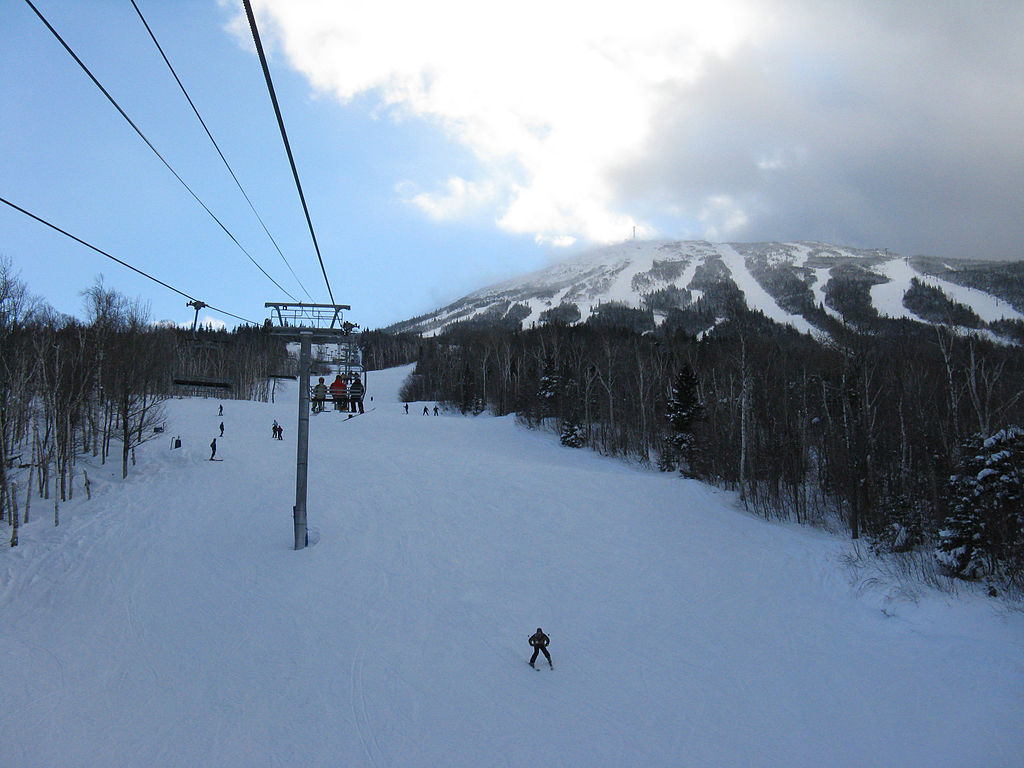
Despite the presence of a “strong” El Nino in the 2015-2016 winter, the snow sports industry is likely to have another banner year. Compiling annually staggering totals in terms of sales and participation, the only thing holding the world of skiers and snowboarders down is (occasionally) the weather.
Just to illustrate not merely the popularity of snow sports, but also the industry’s importance, here are a few stats and trends:
- Resorts in California create more than 8,000 jobs and generate more than half a billion in annual revenue. In 2012, the industry’s state economic impact was $2.1 billion.
- Last season, the U.S. saw 53.6 million snow sports “visits,” which is three times more than the number of people who attended NFL games.
- The promise of a “ski house” has led to an increase in not just the value of homes in parts of Vermont, but has also helped to create a surge in real estate demand.
Of the snow sports participants, alpine skiers still hold the edge, based on last winter’s totals:
Alpine: 9,378,000
Snowboard: 7,676,000
Freeski: 4,464,000
Cross Country: 4,146,000
Fascinatingly, having a big winter in snow totals doesn’t always translate to bigger business for resorts. Despite setting records in 2014-2015, New England’s total snow sports “visits” was actually down from the previous season:
- 2014-2015: 13.332 million visits
- 2013-2014: 13.386 million visits
- 2014-2015: 4,505,686,719
- 2013-2014: 4,426,308,229
- 2012-2013: 4,052,040,707
- 2011-2012: 3,926,072,305
Image via Public Domain

